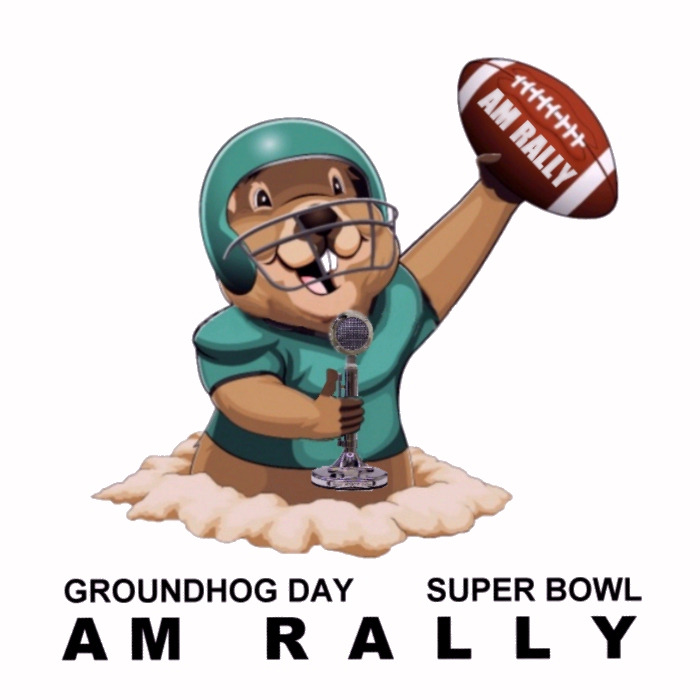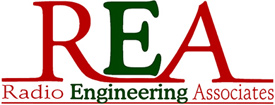| Announcing the 2025...
Operating Event on the HF+6M Amateur Bands 0000Z Saturday February 1 - 0700Z Monday February 3
( 7:00pm EST Friday January 31 - 2:00am EST Monday February 3 ) |
 |
The 2024 Results are here !!!Detailed 2024 Results |
| Didn't keep a log? No problem! Your participation counts! We want to document as much activity during the AM Rally as possible so you can use the simple form below to enter your callsign, transmitter category, power class, and any comments you have about the event. Thanks for making it fun and successful! |
|
| Your Callsign: | |
| Select your transmitter category:
A) Vacuum tube / Commercially made
B) Vacuum tube / Home made
C) Solid State / Commercially made
D) Solid State / Home made
E) Hybrid / Commercially made
F) Hybrid / Home made
G) Converted AM Broadcast
H) Military
I) Software based/defined (SDR)
|
Select your power class:
1) 5 Watts or less (QRP)
2) Greater than 5 up through 30 Watts
3) Greater than 30 up through 100 Watts
4) Greater than 100 up through 250 Watts
5) Greater than 250 Watts, to the FCC legal limit Additional Comments:
|
| Or if you prefer to just send an email with your callsign... logs@amrally.com | |
About the AM Rally:
Event Supporters:
|
| AM Rally Event Details: _______ | |||||||||||||||||||||||||
 |
Can I participate?
Use the following checklist to see if you qualify:
How are points awarded?
The AM Rally is an operating event and you can just operate if you like, but we also encourage folks to keep a log (easy to do - see the next section on logging)
so we have an idea of how many stations participated in the event. This helps the organizers understand the popularity of the event and AM, and will help guide future AM events.
If you win in a category, you get a nice
certificate for your shack wall (and how cool is THAT!) along with the satisfaction that you were part of something great.
Note: Both you and the station with whom you are QSOing must be using AM
Everyone who participates in the AM Rally will be given recognition when the final results are published, but
to use the more conventional definition of the term - yes, you can win!
The AM Rally has categories, and winners are recognized within
the various categories. The AM Rally has both power categories and rig
categories.
If you use the free AM Rally logging software (recommended - see below), the software will
ask you about your station equipment when you first run the logger, and you
simply select your category based on what you're running.
If you use a logging method other than the AM Rally Logging software, participants should note on their logs which Rig Category they fall into:
A) Vacuum tube / Commercially made
B) Vacuum tube / Home made
C) Solid State / Commercially made
D) Solid State / Home made
E) Hybrid / Commercially made
F) Hybrid / Home made
G) Converted AM Broadcast
H) Military
I) Software based/defined (SDR)
Output Power Classes (1-5)
Participants should note on their logs which Output Power Class they fall into. NOTE: This is the measured power of the unmodulated carrier at the output of the final stage of amplification.
1) 5 Watts or less (QRP)
2) Greater than 5 up through 30 Watts
3) Greater than 30 up through 100 Watts
4) Greater than 100 up through 250 Watts
5) Greater than 250 Watts, to the FCC legal limit
Here are some examples of rig types and Output Power Class combinations:
Kenwood TS440 running 15W into a Heathkit SB221 for a 190W output: Rig category C, Power class 4
Johnson Viking Ranger running 40 Watts: Rig category A, Power class 3
Flex 5000 running 20 Watts: Rig category I, Power class 2
Class D (K7DYY) rig running 350 Watts: Rig category C, Power class 5
Class E rig running 350 Watts: Rig category D, Power class 5
Winner status will be awarded to stations who score the highest number of points in each of the five power classes regardless of Rig Category for both most contacts and most states/provinces. Combining stations into power classes gives everyone a fair chance of getting a certificate regardless of the rig category. To highlight the variety of stations and as point of interest to all, scores for stations in each Rig Category will also be posted in the final results.
Note: Recognition will be given to stations that show up in many other folks’ logs, even if these operators did not send in a log themselves. This is to emphasize the spirit and importance of operating during the event, even if one is not actively participating in the event.
In addition to points, recognitions will be made on an ad-hoc basis, depending on the specific situation. Examples of these include:
|
||||||||||||||||||||||||
 |
Logging Stations wishing to receive credit need to log their contacts using any of these three methods: 1) Use our free, simple logging software:
We have created a free, simple to use logging program for Windows to facilitate logging for the AM Rally and, if you wish, it will automatically upload your log to our logging server. This is generally the simplest logging option
2) Download, fill out, and email an Excel or CSV spreadsheet:
Any program that can generate a comma separated values file in the order shown in the logging example below may be used.
3) Keep a written log and mail it in:
If you do not own or cannot use a computer, paper logs may be mailed to:
Radio Engineering Associates
When you send you log, be sure to include your callsign, description of your equipment, your station category (A-I) and power class (1-5). The following information must be included in your log with each item in its own column as shown below:
Logging notes that apply to all methods
|
||||||||||||||||||||||||
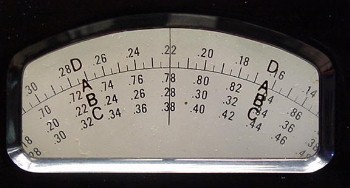 |
Where can I find the most AM activity?
AM can be used anywhere SSB can be used within your license privileges since they're both phone modes. The exception is 60 Meters.
The ARRL has a detailed frequency chart that can be downloaded HERE.
To maximize your chances of finding AM QSOs or to get a response when calling CQ in AM, try these "AM Hotspots":
These commonly used frequencies can be good starting points. As activity grows, expand to other frequencies to prevent congestion and excessively large round tables. As always, PLEASE be considerate of existing QSOs and Nets, and ensure that the frequency is clear before calling “CQ, AM Rallyâ€.
|
||||||||||||||||||||||||
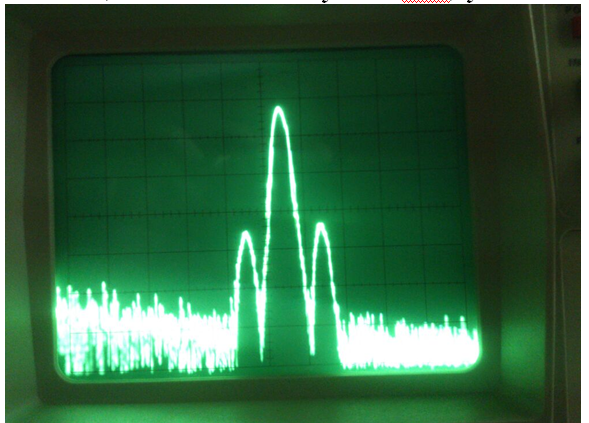 |
What is AM (Amplitude Modulation)?
AM a voice mode of transmission made up of three parts: A carrier, an upper sideband, and a lower sideband.
AM (the first voice mode,) was once the main voice mode in amateur radio. Now it is a well regarded specialty within the hobby. AM offers a warm, rich audio quality that provides for more personal interaction.
An informative site about AM: http://www.nu9n.com/am.html
Locating and listening to AM transmissions
A station listening in lower or upper side band can and will hear an AM station just fine, so well that the AM station sounds like it is transmitting on sideband only. This can be confusing, the AM station is transmitting both an upper and a lower sideband but with a center carrier. AM station can not understand any station transmitting in either SSB. A SSB transmission will sound garbled and is unreadable when listening in AM.
How to find AM
The first step in finding AM may be obvious: place the rig in AM, right? Not so simple. The first step is to prepare the receiver. Turn off any noise blankers, band pass filters, notch filters and DSP (Digital Signal Processor) features. These features are great for working SSB and other modes but they can have a negative impact on the quality of the received audio of an AM transmission. Hear the high fidelity that AM provides by turning off all of those sound/signal altering features.
Once the receiver is set, the simplest way to find an AM transmission is place the rig in the AM mode and tune the VFO up and down the band, note the garbled signals from SSB transmissions when listening in AM. Eventually a clear voice will emerge and an AM signal has been found. But wait, what frequency is that AM signal on?
Remember an AM transmission is a center carrier and both upper and lower sidebands. It is possible to tune close enough to an AM signal to understand what is being said and be WAY off the center frequency of the AM transmission. To find the center frequency, place the rig in lower sideband (LSB) mode, and rock the VFO back and forth across the AM transmission. Notice the heterodyne or tone that increases or decrease as you turn the dial? The center frequency is found when the tone stops (zero beat) and the station transmitting can still be understood clearly.
Now place the rig in upper sideband (USB) and rock the VFO dial again, note the point that the tone or heterodyne stops, it should be the same point or frequency that the heterodyne stopped when listing in LSB. Switch back and forth between LSB and USB just to be sure that the center frequency has been found. The AM signal should sound clear in either SSB mode. Now switch back to AM and enjoy the high fidelity audio quality that the AM mode supports.
A Word about transmitting in AM
When selecting a frequency to use for an AM transmission, do not forget that the signal transmitted in AM is in many cases at least 6kcs wide (3kc LSB and 3kc USB). Be respectful of operators using other modes and select a frequency that allows plenty of room to prevent interference. Do not forget to allow for the other stations bandwidth.
For example, a LSB QSO on 7.166 will take up 3kcs from 7.163 to 7.166. An AM QSO would have to place their AM center carrier BELOW them on 7.160 using 6kcs of bandwidth from 7.157 to 7.163 or be ABOVE them with the center carrier on 7.169 using 6kcs from 7.166 to 7.172 in order to prevent interference, although these are fairly ideal numbers and more spacing is typically required.
|
||||||||||||||||||||||||

|
Setting up a solid state or hybrid rig for AM
So you've got a new rig right from the store, or perhaps you bought an early 80s model from a hamfest or friend. No matter what era yours is from, there are some key settings that need attention for you to sound your best when using the AM mode. Ideally, you have a manual (the manufacturers know best) or can download one from the net. If not, or you're curious about these settings in general, check this out...
|
||||||||||||||||||||||||

|
Setting up a software based rig (Flex, Anan)
These rigs represent the latest in technology and can be kept up to date using software upgrades. Colorful displays showing every aspect of transmission and reception make software based amateur rigs particularly appealing as does having virtually complete control over both transmitted and received audio.
Comprehensive information is available from the W1AEX website:
Power SDR (Flex) tips: http://www.w1aex.com/psdrgain/psdrgain.html
Anan SDR (Apache Labs) tips: http://www.w1aex.com/anan/anan.html
|
||||||||||||||||||||||||
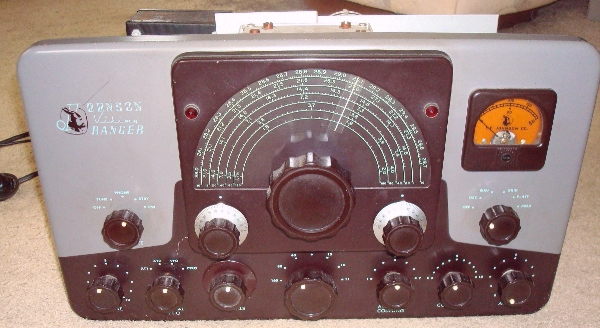
|
Setting up a classic "Boat Anchor" rig for AM
If you own one of these then you're expected to know what you're doing. Oscilloscopes, trapezoidal patterns, carrier cut-off, linearity, frequency response, bandwidth limiting... all familiar. 'nuff said.
But, even the most experienced boat anchor jockey will appreciate the AMM-SD1 Series Amplitude Modulation Monitors from Radio Engineering Associates.
Check them out here: http://www.radioassociates.com
|
||||||||||||||||||||||||
 |
Getting additional help with AM There are many ways amateur operators can get help, or even just some ideas, for improving the quality of their AM signals. One of the best is to just get in on an AM QSO and ask for suggestions. AMers, like any other operating groups, are thrilled when interest is shown in their mode and many will go out of their way to help. |
||||||||||||||||||||||||
 |
The ARRL supports all modes of amateur radio operation and has vast resources for our community. ARRL members enjoy numerous benefits including tech support and a subscription to QST Magazine | ||||||||||||||||||||||||
